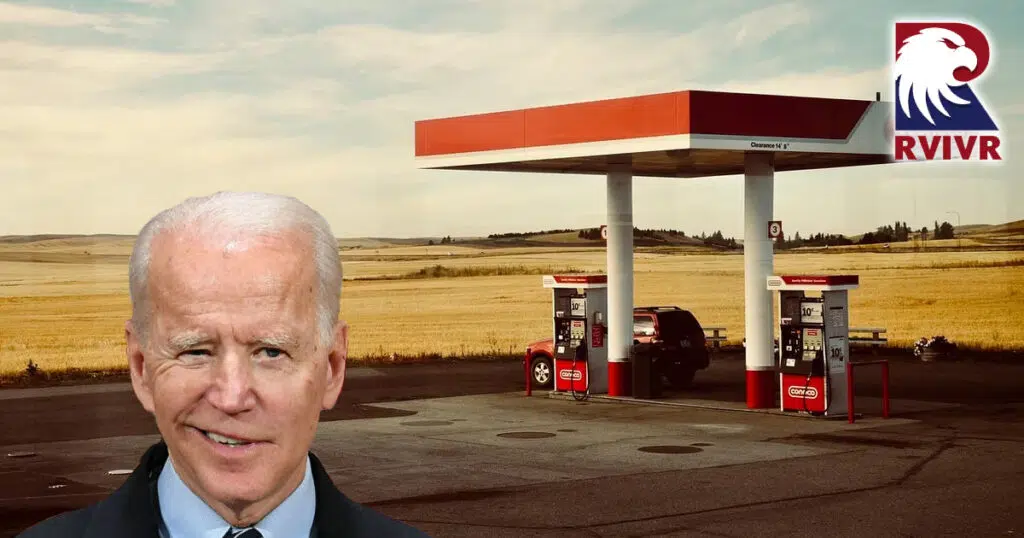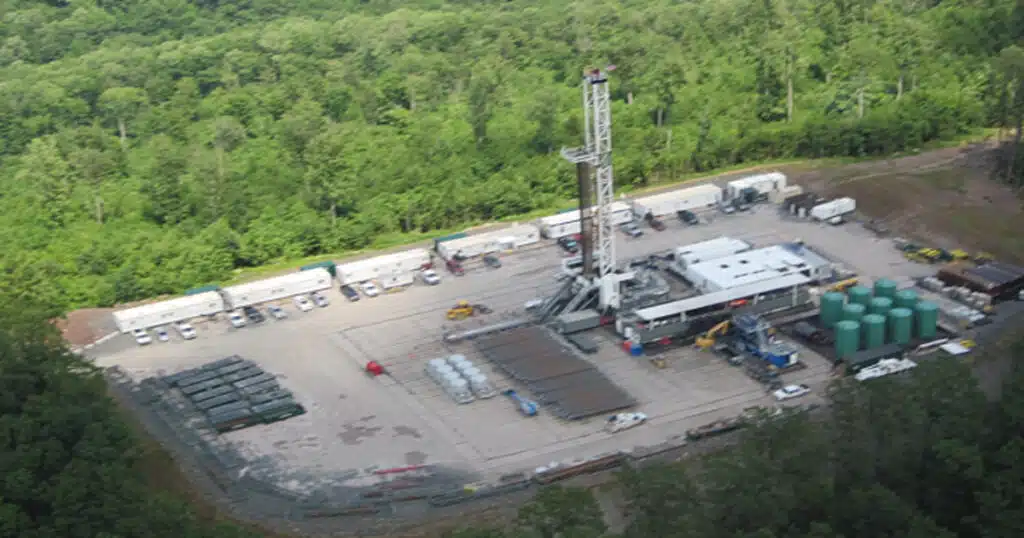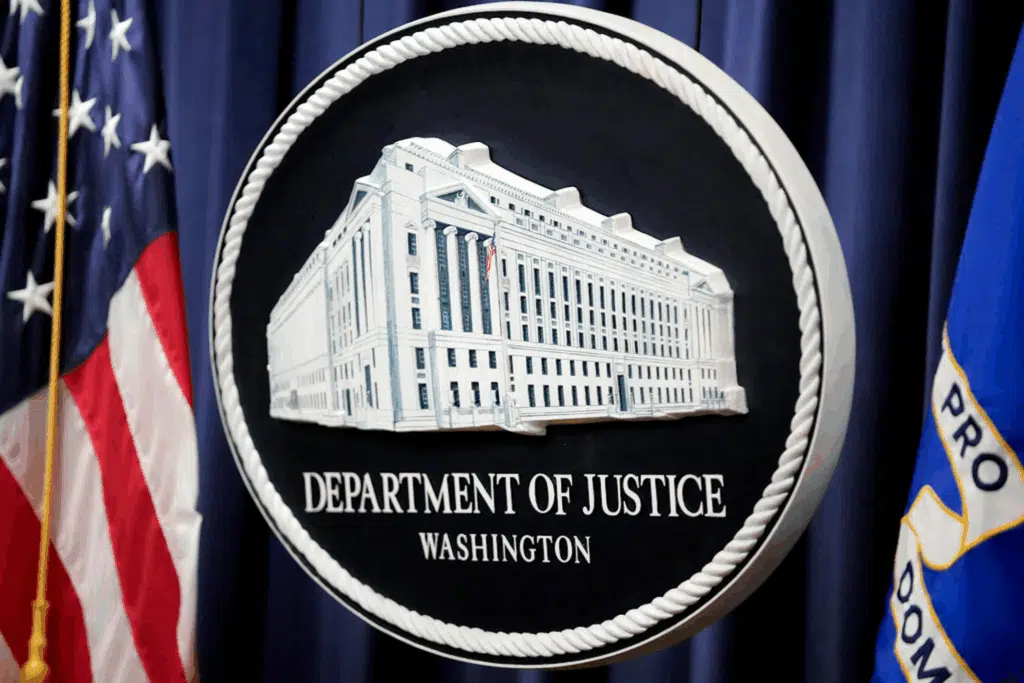
Gaslighting At The Gas Stations: Biden Demands Cost Savings Where None Can Be Found
President Joe Biden called in no uncertain terms for the private sector to fix the problem of rising gas prices – eight days in a row now of increases at the pump, following three months of decreases – during a Monday meeting.
“My message is simple. To the companies running gas stations and setting those prices at the pump: Bring down the prices you’re charging at the pump to reflect the cost you pay for the product,” Biden said according to The New York Post.
The president got downright aggressive toward gas stations, demanding they allow patrons to experience savings quickly: “Do it now,” Biden said. “Do it now. Not a month from now — do it now. And it’s going to save people a lot of money.”
Even overlooking the uncomfortable socialist-style encroachment on private businesses and his apparent ignorance of how the free market sets prices, Biden’s finger-pointing might well be pointing Americans’ attention in the wrong direction if they’re looking for substantial change.
Again, let’s look right past macro-scale public policy and ask what could be done today without changing regulations or supply levels. Who gains the most, percentage-wise, from a gallon of gas?
Just last month Fortune analyzed the profit margins of 30,000 gas stations and concluded that they had “proof fuel retailers are not to blame for high gas prices.”
When it comes to stations themselves, over half are small businesses, know as “independent dealers,” and their margins are “extremely thin.” According to The Hustle, gas stations make an average net margin of less than 1.5% on fuel. Fortune estimates that in the current market, that is around $0.03-$0.07 once all costs are factored in.
For context, the average net profit across all industries is about 7.7%, with grocery stores on the low end coming in at 2.5% and the banking industry sitting on the high end with roughly 30% net profit margin.
The tax on a gallon of gas, however, is quite a bit higher than the profits made by individual stations. Roughly 17% of the total cost of a gallon of gas goes toward taxes.
In mid-April of this year when gasoline was about $4.09 per gallon, the typical gas station’s markup was about 7% at $0.28 per gallon, netting about an average of $0.05 per gallon after overhead. Whereas, the taxes on that same gallon were about $0.70 including state and federal fees.
Obviously, some of the taxes vary by state with Alaska sporting the lowest tax rate on gasoline at around $0.0895 per gallon and Pennsylvania holding the highest tax rate at $0.576 per gallon.
These statistics are likely to leave Americans suffering at the pump wondering if the president genuinely attempting to offer solutions. Sadly, it appears that a leader with a plethora of resources to implement change is publicly shifting the burden of skyrocketing gas prices to small privately owned businesses – the poorest actors in the supply chain.
So what exactly would happen if the 57% of gas stations run as independent Mom and Pop stores gave you their $0.03-$0.07 off per gallon? They would probably go out of business, and then we would be left only about 43% of gas stations available to fulfill our needs. Those stations would be owned by bigger corporations, and they’d also mostly all be in wealthy suburbs. It would suddenly become quite rare to find gas stations in urban areas, and particularly in downscale parts of the inner city.
And if that happens, it might start to seem more convenient to take public transportation or drive an electric vehicle, just like the president’s party has been asking Americans to do for some time.
But that’s probably a coincidence, right? This administration isn’t capable of that kind of sinister market manipulation.
No, of course not.



